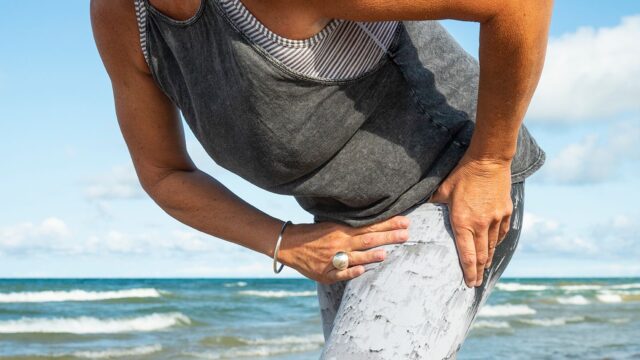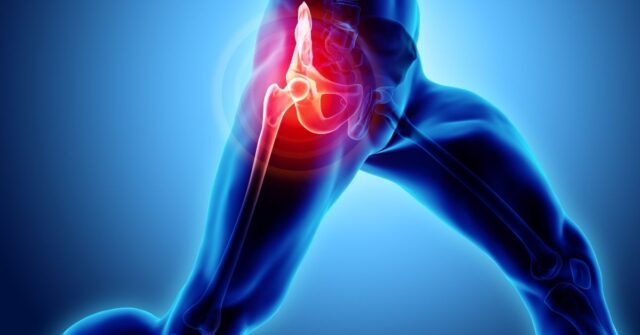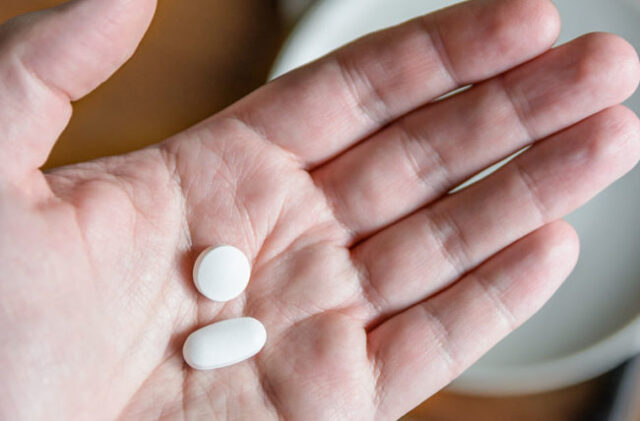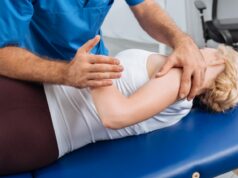
Developmental dysplasia of the hip (DDH) is a medical term for conditions when the hip socket fails to occupy the ball section in the upper thigh fully. According to StepWorldwide, hip dysplasia often leads to dislocation of the hip joint because the hip socket is too shallow to hold the femoral head in place. Hip Dysplasia conditions usually arise at birth, making it essential for doctors to assess newborns for any abnormalities in the hip joints.
Early diagnosis is crucial in correcting the problem without the need for surgery. The doctor can fit a soft brace in the affected area to prevent hip dislocation. Sometimes, the symptoms associated with hip dislocation may not arise until the individual is in their teenagerhood or young adult life. Developmental dysplasia of the hip (DDH) can damage the cartilage linings in the socket, a condition known as a labral tear.
A common sign of DDH in infants is when one leg appears longer than the other. You may notice immobility in one leg of the infant during a diaper change. As the child grows, they may develop a limp when walking due to loss of flexibility on the affected hip. In teenagers and young adults, the condition can cause pain due to osteoarthritis, labral tears, and other complications. Fortunately, hip dysplasia is correctable using natural solutions. Read on to uncover the top five ways to relieve DDH pain naturally.
1. Use the RICE method for pain relief

The RICE method is an effective technique for quelling hip pain. RICE stands for Rest, Ice, compression, and elevation. Anybody experiencing hip pain can perform RICE procedures at the comfort of their home.
Rest
Resting relieves pain by minimizing unnecessary movements which can cause discomfort in your hip area. Doctors advise patients to avoid running or jogging for at least a week. Patients should rest for 24 to 48 hours before gradually increasing their level of hip movements.
Ice
Placing an ice pack on the affected hip region helps calm the nerves and minimize pain. Ice packs also help reduce inflammation leaving you feeling much better than before. If your hip pain is intense, consider applying an ice pack over the hip for fifteen minutes at a time, four or five times a day. for your ice pack, you can improvise using a plastic bag filled with ice cubes or frozen vegetables such as peas
Peas are an excellent option because they easily assume the shape of the affected area. Remember to wrap a towel around the ice packs because direct contact will irritate your skin.
Compression
Compression entails wrapping the hip and pelvis area using an elastic bandage. When done correctly, compression will help reduce inflammation. Wrapping the bandage too tightly over the affected area can worsen the swelling. Numbness and a tingly feeling are signs that the compression is too tight.
Elevation
Elevating the affected joint area helps to reduce swelling while providing pain relief. Hip elevation can be a challenging task. Instead, you can try raising your ankles and knees using cushions and pillows for support.
2. Try stretching to ease hip pain

Light stretching and other gentle hip movements can significantly improve your hip health. Stretching helps condition the hip muscles and ligaments, which is crucial in improving the hip’s range of motion. However, you still need to be careful with your stretch program to avoid aggravating the pain.
Activities such as yoga, light walking on a shallow pool, and stretching on a flat surface helps improve hip mobility without causing pain and discomfort to the patient. Begin your hit stretches by placing your right hand against the wall, then slightly bend your elbows. Raise your left leg and cross it over the right leg. Keep your right foot straight and your left somewhat bent. Work your right hip towards the wall and hold this position without wobbling. Repeat stretch by interchanging the leg movements to ease the pain on both hip sides.
3. Light exercises for hip pain relief
Like stretching, light exercises can help improve hip joint motions and strengthen the hip muscles. The exercises should be gentle on the hip because sudden movements can lead to more pain and discomfort. the below exercises will help alleviate pain and protect your hip joint from further damage
- Light walking on a treadmill or a flat surface
- Riding a stationary bike
- Light swimming on a pool while focusing on gentle hip swings
- Light walking on a shallow pool
4. Over the counter pain medication
If light stretching offers no relief for your hip pain, you can always turn to anti-inflammatory medication. Ibuprofen is an effective pain reliever that also helps to reduce swelling and inflammation in the affected area. Acetaminophen and naproxen sodium are over-the-counter drugs you can use besides ibuprofen.

However, prolonged use of these drugs can pose health risks to users. Taking anti-inflammatory medications without a prescription puts you at risk of developing ulcers and other gastrointestinal complications.
5. Weight loss
Obesity is a common cause of hip pain among adults and teenagers. If your hip discomfort is due to injury or an underlying condition, chances are your body weight could be the problem. Sticking to a healthy diet and regular exercise will help you lose weight naturally, thus putting less strain on the hip joints. Avoid consuming processed foods, especially those high in saturated fats and sugars. You can further decrease hip pain by consuming leafy vegetables and drinking more water.
Non-surgical Chiropractic solutions
Advancements in disc and laser technology have made it possible to alleviate hip pain without the need for surgery. Non-surgical chiropractic solutions at CT Disc Centers improve patient outcomes by stimulating tissue growth, alleviating hip pain, and lessening the recovery time for hip joint corrective procedures.
Most patients who experience hip pain do not require surgical intervention. Surgery is often the last option when all other methods fail to offer pain relief.







